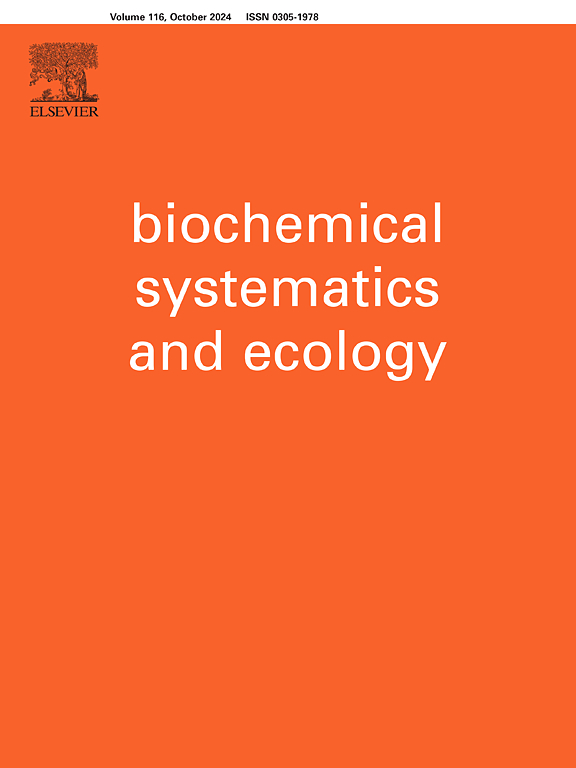Application of UPLC-Q Exactive™ HF-X MS-based untargeted metabolomics reveals variations in Moringa oleifera Lam. leaves from different regions
Abstract
The metabolites of Moringa oleifera Lam. (M. oleifera) leaves are involved in their biological function. However, a thorough examination of metabolites has not been possible due to the complex nature of metabolite distribution in M. oleifera leaves from different regions. The purpose of this study was to investigate regional differences in M. oleifera leaf metabolite profiles. Leaves from the Dehong, Baoshan, and Yuanmou regions of Yunnan Province were studied using ultra-high-performance liquid chromatography-tandem mass spectrometry (UPLC-Q Exactive™ HF-X MS)-based untargeted metabolomics. A total of 2084 electrospray ionization-positive compounds and 1294 electrospray ionization-negative compounds were identified. The three sample groups were found to be in different quadrants of the principal component analysis (PCA) map; hierarchical cluster analysis (HCA) indicated that variations in habitat conditions were the cause of the unstable quality of M. oleifera leaves; and Kyoto Encyclopedia of Genes and Genomes (KEGG) and orthogonal partial least squares-discrimination analysis (OPLS-DA) showed regional differences in metabolite numbers and associated pathways. These were the observed variations in the chemical compositions of M. oleifera leaves. Flavonoid and phenylpropanoid biosyntheses were the main focus in pathways related to the biosynthesis of other secondary metabolites. Phenolic substances played a significant role as either leaders or connectors in metabolic pathways. The results provide a deeper understanding of phytochemical variations in M. oleifera leaves from different geographical regions which has potential application in the quality control of raw materials.

 求助内容:
求助内容: 应助结果提醒方式:
应助结果提醒方式:


